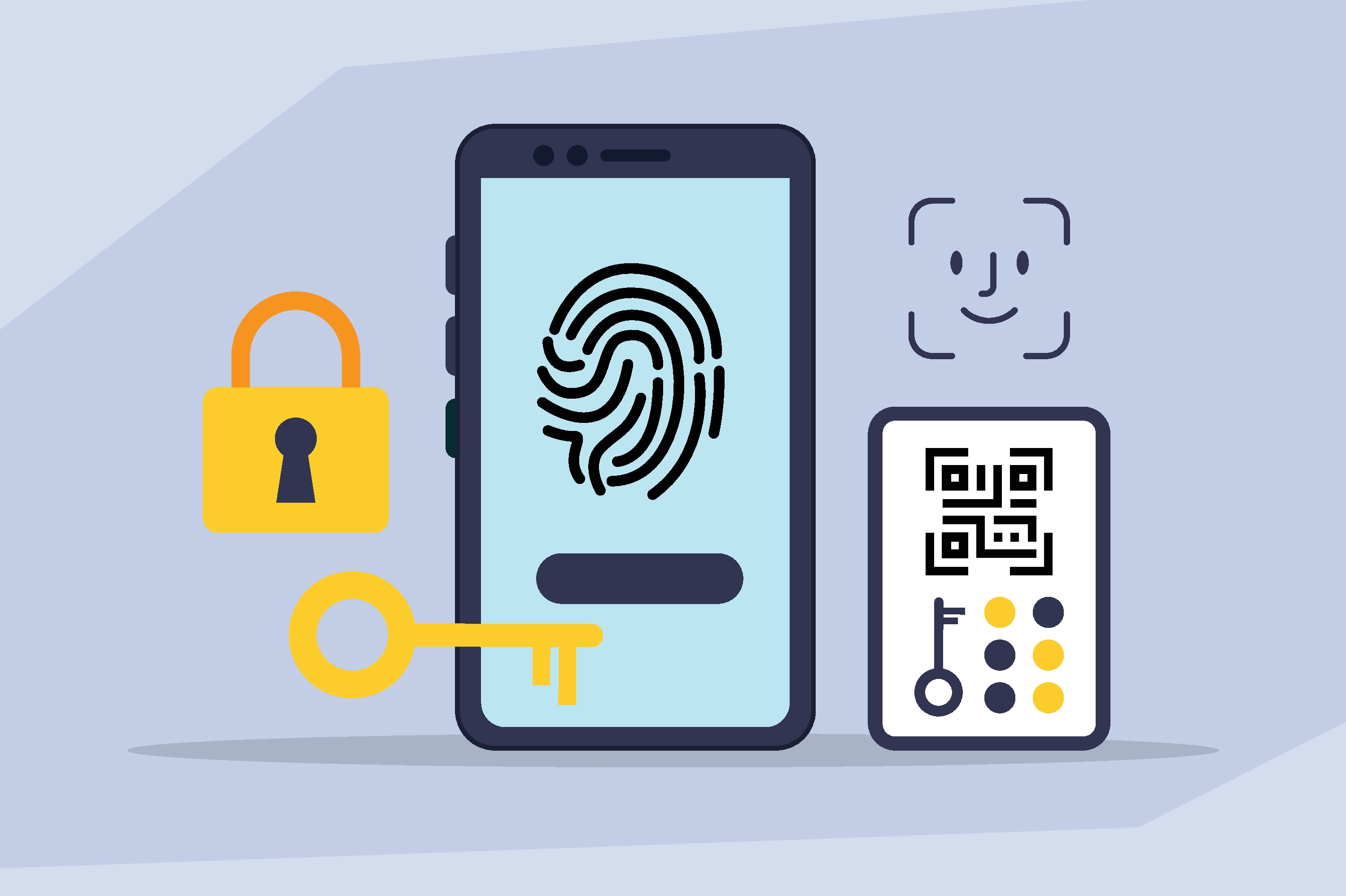Buyer’s Guide: How to Find the Right Multi-Factor Authentication (MFA) Solution for Your Company

Whether you’re a fraud expert with decades of experience wanting to learn about the latest developments in digital identity technology or you’re just beginning your journey and want to learn about the basics of cybersecurity and digital identity, finding up-to-date and helpful information about multi-factor authentication solutions can be surprisingly difficult. To help you navigate the marketplace with confidence, Prove has collaborated with digital identity and cybersecurity expert Ken Palla to develop a comprehensive but accessible MFA Buyer’s Guide that serves as the perfect jumping-off point to building or upgrading your company’s MFA flow.
To give you the tools you need to build a secure but user-friendly MFA flow that reduces fraud, increases pass rates, and improves customer experience, we have included the following information in this MFA Buyer’s Guide:
- A landscape of the different types of authenticators that are available
- How you can fortify your current OTP authenticator ASAP while you work to replace it with stronger authenticators
- The goals/KPIs for new authenticators coming to market
- A checklist of critical elements you should think about when selecting and deploying MFA solutions/authenticators.
- Guidelines for deploying next-generation authenticators when you are ready to do so
Ready to help your company make smarter decisions around MFA? Download the guide below to learn how you can improve security, cut down on fraud, and create the best possible customer experience.

Keep reading
 Read the article: Beyond the OTP: Why SMS-Based 2FA Is Failing and What Comes Next
Read the article: Beyond the OTP: Why SMS-Based 2FA Is Failing and What Comes NextExplore the classic conflict between security measures and user friction.
 Read the article: Anatomy of an Account Takeover Attack: Analysis and Response Plan
Read the article: Anatomy of an Account Takeover Attack: Analysis and Response PlanLearn practical strategies for handling identity verification API errors or no-match responses. Explore fallback methods and clear communication tactics to ensure a smooth, user-friendly experience.
 Read the article: Prove Global Fraud Policy℠: A New, Adaptive Standard for Digital Identity
Read the article: Prove Global Fraud Policy℠: A New, Adaptive Standard for Digital IdentityIntroducing the Global Fraud Policy (GFP), Prove’s new unified, adaptive fraud-defense engine that replaces fragmented, custom rules with a single, comprehensive policy that automatically updates as new threats emerge. This forward-looking framework helps businesses anticipate and respond to evolving threats like GenAI deepfakes, synthetic identities, and eSIM bots, protecting customers at scale.













